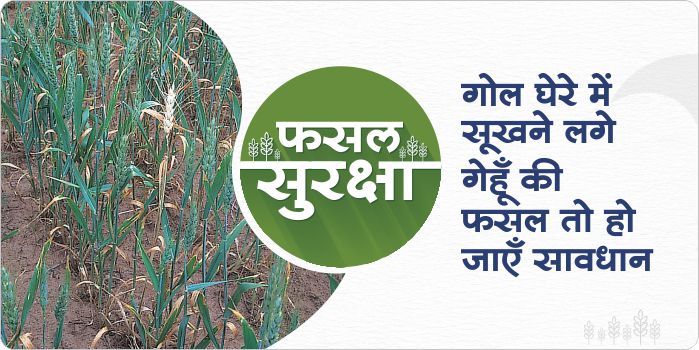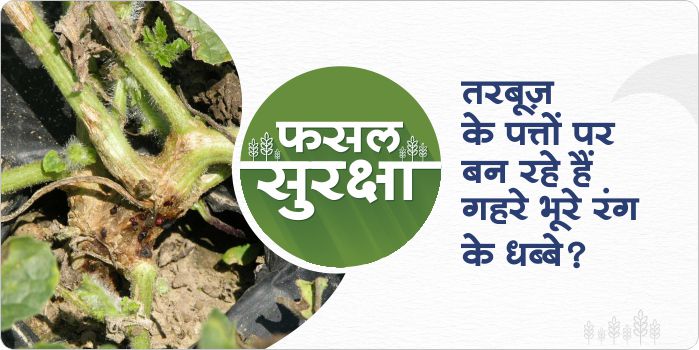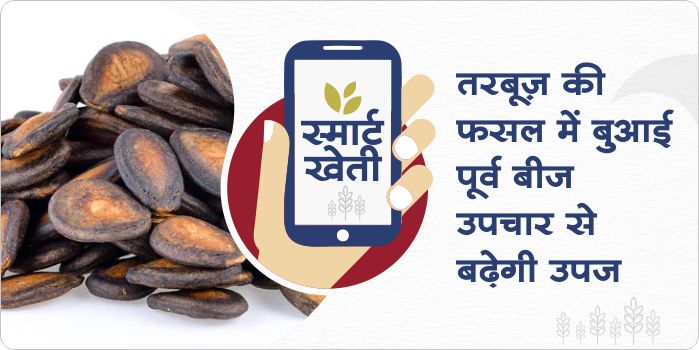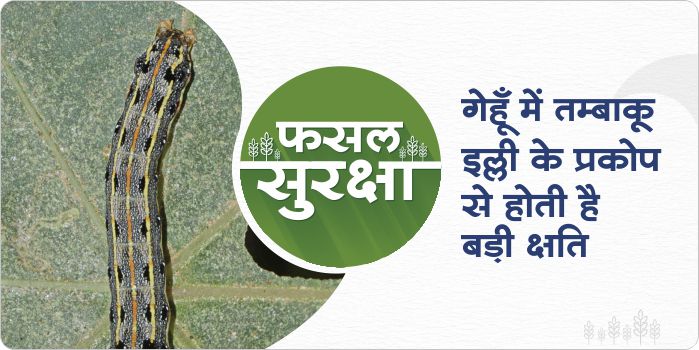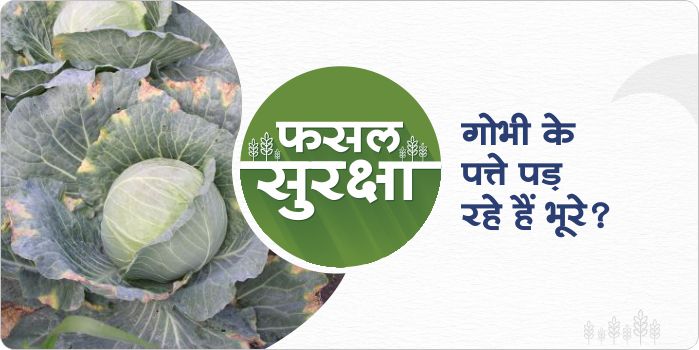- This disease is caused by bacteria and fungi, which damages the wheat crop.
- Symptoms of bacterial wilt infection can be seen on all parts of infected plants.
- The leaves turn yellow, then the whole plant dries up and dies.
- Wheat crop starts drying in patches
- For prevention of this disease use Kasugamycin 5% + Copper Oxychloride 45% WP @ 300 gram/acre or Kasugamycin 3% SL@ 400 ml/acre
- As biological treatment use Pseudomonas Fluorescens @ 250 gram/acre.
Farmers will be given technical knowledge to join food processing in MP
The Madhya Pradesh government is taking several decisions to increase the income of farmers. In this series, the Madhya Pradesh government has taken a new initiative to connect farmers with the food processing business. The government has announced to provide technical knowledge to farmers.
This information was given by Bharat Singh Kushwaha, Minister of State (Independent Charge) for Food Processing in the Government of Madhya Pradesh. He said that ‘farmers should work towards becoming a business of produce by joining farming production as well as food processing. Farmers will need technical skills to join the food processing business, for which the government is ready to help them. The government will provide financial assistance to the farmers as well as knowledge of technical skills.
Source: OneIndia.com
ShareRains will end in these states including Madhya Pradesh, Know weather forecast
In states like Bihar, Jharkhand, Uttar Pradesh, Madhya Pradesh, Rajasthan the weather is expected to be clear from today and the period of rain will end gradually.
Video Source: Skymet Weather
ShareWhat is Gamosis blight disease in watermelon crop
- The symptoms of Gummy stem blight first appear on the leaves and then on the stem in the form of dark brown spots. The lesions often develop first at the leaf margin, but eventually spread over the entire leaf. The symptoms of Gamosis blight on the stem are visible as lesions. They are circular in shape, and are brown in color.
- A main symptom of Gamosis blight or gummy stem blight is that the stem affected by this disease produces a sticky substance like gum.
- For prevention of this disease use Kasugamycin 5% + Copper Oxychloride 45% WP @ 300 gram/acre or Chlorothalonil 75% WP@ 300 gram/acre or Tebuconazole 25.9% EC@ 200 ml/acre
- As biological treatment use Pseudomonas Fluorescens @ 250 gram/acre
How to do seed treatment in watermelon before sowing
- Chemical treatment: Before sowing, treat the seeds of watermelon seeds with fungicide Carbendazim 12% + Mancozeb 63% WP @ 2.5 gram/kg seed or Carboxin 37.5% + Thiram 37.5% DS @ 2.5 gram/kg seed.
- Biological treatment: Trichoderma Viride@ 5 gram PSB bacteria @ 2 gram /kg seeds or Pseudomonas Fluorescens @ 50 gram/kg seeds
- While doing seed treatment ensure to use the treated seed for sowing on the same day. Do not store the treated seeds.
Bird flu havoc in many states including Madhya Pradesh
Bird flu is spreading rapidly in many states of the country and efforts are being made by the government to deal with it. The poultry market has been affected in many states due to bird flu. According to the news, poultry business is currently banned in many states including Madhya Pradesh.
Giving information about this growing infection of bird flu, Union Minister Sanjeev Balayan said that the bird flu infection has been confirmed in Madhya Pradesh, Rajasthan, Haryana and Kerala and in view of its increasing cases, on behalf of the Central Government A control room has also been built in the capital Delhi. This control room in Delhi will be in touch with all the states of the country. Let us know that the case of avian influenza was first reported in India in 2006.
Source: Jagran
ShareHow will the weather be in the coming days in MP, know the weather forecast
Rainfall in many parts of the country will gradually decrease. Weather will remain dry in the coming days in Madhya Pradesh.
Video Source: Skymet Weather
ShareMeasures to control tobacco caterpillar in wheat
- This caterpillar attacks the leaves of the wheat crop.
- The caterpillar scratches the green part of the leaves and destroys it.
- The larvae of this insect feed on soft leaves.
- A web structure is formed on the leaves when this worm attacks.
- Profenophos 40% + Cypermethrin 4% EC @ 400 ml/acre or Emamectin Benzoate 5% SG@ 100 gram/acre or Chlorantraniliprole 18.5% SC@ 60 ml/acre or Novaluron 5.25% + Emamectin Benzoate 0.9% SC@ 600 ml/acre.
- As a biological treatment use Beauveria Bassiana @ 250 gram/acre.
Management of black rot disease in cabbage
- Early symptoms include yellow spots appearing on the leaves.
- Later these symptoms grow inside the leaves and the stem.
- These symptoms is what that differentiate black rot from wilt disease
- As the disease is spread the cabbage leaves turn brown.
- For effective control of this disease use Streptocycline @ 20 gram/acre Validamycin 3% SL@ 300 ml/acre or Copper hydroxide 77% WP @ 750 gram/acre or Kasugamycin 5% + Copper oxychloride 45% WP@ 400 gram/acre
- As a biological treatment, spray Pseudomonas fluorescens@ 250 gram/acre.
Management of spotted wilt virus in Tomato
- Spotted wilt virus in tomato is spread by thrips.
- The initial symptom of this disease is Violet brown spots on new leaves of tomato plants.
- These spots gradually turn into rings.
- These spots get unified into big spots and begin destroying the tissues of the leaves.
- Increased infection can affect the ripening process of tomato fruit.
- Light yellow colored spots are formed on the unripe fruits, slowly these spots grow into large size spots.
- To prevent this, use Fipronil 5% SC @ 400 ml/acre or Lambda cyhalothrin 4.9% CS @ 200 ml/acre or Spinosad 45% SC @ 75 ml/acre.
- Use Bavaria Basiana @ 250 ml/acre as a biological treatment.

